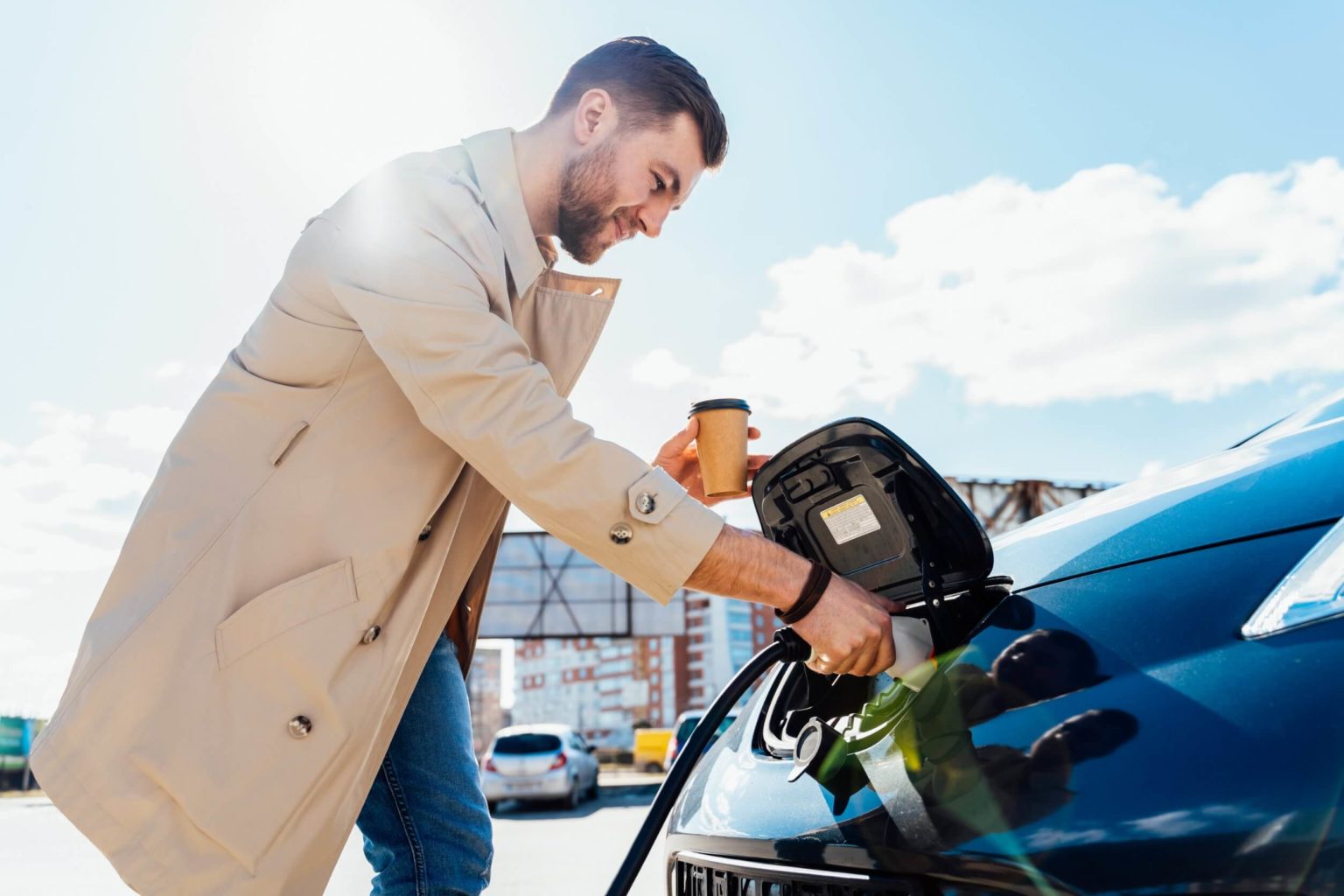Charging your electric car is really simple, although you have to keep a few things in mind. First of all, electric car charging does not work with ATMs and credit cards, and you have to subscribe to an operator with charging stations in your area. Then all you need is a mobile phone card or app and the charges will go directly to your smartphone.
The important thing to avoid nasty surprises is to check the kWh tariffs or choose a flat plan that allows you to pay a monthly amount irrespective of consumption, just like you do with your smartphone. Finally, it is important to check where the charging station is located, the power of the connection to know how long it will take to charge the electric car and whether they are free, switched on and working.
Which electric car cable to use?

Most public charging stations do not have connecting cables, so you should always have the cable compatible with your electric vehicle with you. There are different charging modes and cables to use, let’s see what they are:
- Way 1: means the type of private charging that consists of directly connecting the electric vehicle by cable to normal power sockets. This mode is mainly suitable for electric bikes and some scooters, while for cars it is not used for safety reasons;
- Way 2: means the type of private (domestic or business) recharging carried out in safe, slow or fast conditions depending on the power available. Domestic or industrial sockets are connected via a power cable with an electronic regulation and control device that ensures safe operation during charging. In Italy, this charging method is not allowed in public areas.
In all cars the original equipment includes the EVSE charger, i.e. a cable that can be plugged into a common household socket. One end of the cable is fitted with a normal Schuko plug for the relevant socket, while the opposite end is fitted with the plug suitable for the car model.
Another way to quickly charge the electric car is to use a home charging wallbox and a Mode 3 charging cable. In many cases the wallbox is integrated in the garage and one only needs to know the charging plug installed in the car, which in Europe is commonly type 2.
3 tips for the first time

Let us now look at three tips for the first time charging your electric car:
- Make sure you charge at the right power: if you connect your vehicle to a station that delivers more kW power than your car can accept, the charging system will adapt to your car. Example: if the post is 22 kW, but your car only accepts up to 7 kW, this will be the maximum amount of energy fed into your car per hour. And it is on this quantity that you have to calculate the refuelling times;
- Don’t forget to activate the card: as mentioned, you don’t pay with an ATM or credit card, but you have to activate an app or card following the instructions provided by the operator;
- Do not leave your car plugged in if it is charged: this is a rule of etiquette that encourages the rapid turnover of electric vehicles at stations. Not only that: if you leave your car plugged in after it has reached 100 per cent, many operators charge you an additional penalty fee.
Always have an alternative
Finally, DazeTechnology’s advice to those who need to recharge their electric car is to always have an alternative in case of a busy charging station, out of service, car parked in front of the charging station but not connected. These are common occurrences that make it clear how important it is not to wait until the last moment to recharge your vehicle and to see if there are other stations and charging stations nearby in case you need them.
In any case, once you have practised recharging your electric car, it is a really simple procedure, and if you want to rely on energy available at home, the invitation is to choose DazeTechnology’s home charging systems. Contact us for information!
